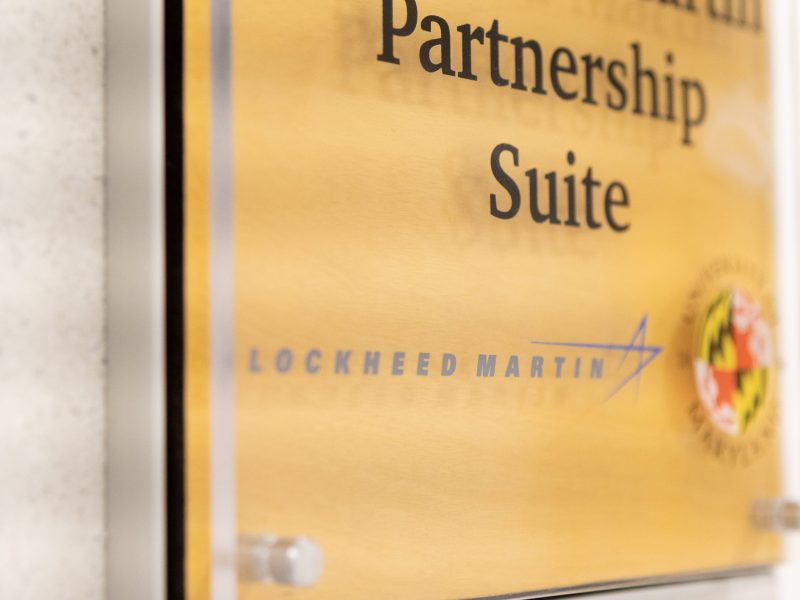By Aidan Debelius
For The Diamondback
University of Maryland students gathered in Hoff Theater to attend a film screening and panel about the hidden dangers of microplastics on Wednesday evening.
The Student Government Association, Sustainable Ocean Alliance and Maryland’s Sierra Club organized the event. Attendees watched “Plastic People,” a documentary chronicling the history of plastic materials and how they evolved to become a part of daily life.
Microplastics are defined by the Environmental Protection Agency as plastic particles ranging in size from five millimeters to one nanometer. The documentary used expert testimony to explain how microplastics are dangerous because they become a permanent part of the environment and are being found in human bodies.
Senior environmental science and policy major Maggie Krieg said the event helped her develop a deeper understanding of the dangers of plastic and microplastics.
“I’ve always been a lot more concerned about other environmental issues, but this has kind of helped my focus shift to this one too,” Krieg said.
[UMD to install air conditioning in Ellicott, Hagerstown halls]
Some attendees said the screening had changed their perspectives about microplastics.
Sophomore electrical engineering major Jamie Bombick understood the cost of using plastic materials. But it wasn’t until watching the documentary that Bombick considered the effects of plastic materials even when not using them.
The panel that followed the screening addressed the steps that this university and local businesses are taking to reduce plastic waste.
“We do not offer disposable plastics in the dining halls and there are no takeout containers,” said Sally DeLeon, sustainability manager in this university’s sustainability office. “That decision was made several years ago for a number of reasons, but one of the major reasons was to eliminate single-use plastics from our waste stream.”
The event also featured Donnie Lewis, a member of the business development team from r.World, which partners with concert venues in the area to provide washable and reusable cups at events.
While showcasing the actual cup used by these venues, Lewis explained that all of the cups are deposited in designated bins before being taken to their facilities to be washed and returned to the venue.
“We just crossed 22 million washes, which has reduced 22 million cups from being produced,” Lewis said. “That’s 110 tons of plastic.”
[UMD women, gender, sexuality studies department celebrates history, new archive project]
About 110 tons is nearly equivalent to the weight of a blue whale — the largest animal on the planet.
Maryland has worked to cut down on plastic waste through legislation banning the use of single-use materials like polystyrene, also known as styrofoam, and other plastic materials.
Maryland Del. Mary Lehman (D-Anne Arundel and Prince George’s County) told attendees about how she previously passed a ban on polystyrene food containers when she was on the Prince George’s County Council, effective in 2016.
After the ban on polystyrene food containers in Prince George’s and Montgomery counties, Maryland banned the containers in 2020.
Attendees at the event emphasized that there is no shortage of ways for students and university community members to get involved with addressing the harms of microplastics.
Campus organizations like such as SGA and Sustainable Ocean Alliance hold events that are open to new members who are looking to get involved in environmental sustainability.
“Environmental issues and sustainability solutions are always going to be this overarching, huge bubble that can be really overwhelming,” said SGA sustainability director Alicia Barnett.
Taking on an issue as large as reducing plastic waste can seem daunting, but the easiest way to begin that journey is to start small, said the junior environmental science and policy major.
“Here on campus, consider getting involved in Sustainable Ocean Alliance or in SGA and be able to make an action that way,” Barnett said. “We all have the power to make a difference.”



